Claremont serial killer and violent rapist Bradley Robert Edwards jailed for life in WA
Many had thought the evil Claremont serial killer would get the harshest possible sentence — but a judge made a different decision when jailing him.
Claremont serial killer and “sadistic” rapist Bradley Robert Edwards will likely die in prison after a Perth judge sentenced the “dangerous predator” to life behind bars with a minimum of 40 years to be served.
For the families of Edwards’ victims, this day of justice was more than two decades in the making and there was applause from the packed gallery as the sentence was finally handed down in the WA Supreme Court on Wednesday.
It is the longest minimum term ever handed down in WA and Edwards will be 88 before he can apply for parole.
But in a decision that shocked some, it was not the harshest jail sentence ever delivered in the state.
Prosecutors had sought an order that Edwards never be released from prison.
However, in handing down his sentence, Justice Stephen Hall said such an order was “drastic and exceptional”, and should be reserved for rare cases where there was no other appropriate sentence.
Only one other killer — Anthony Robert Harvey, who murdered his entire young family and mother-in-law in Bedford in 2018 — has been jailed for life in WA without parole eligibility, and Justice Hall said the two cases were not comparable.
Justice Hall acknowledged one difference about Edwards’ case compared to other double-murderers was that his killings were committed nine months apart.
“It is not necessary to make an order that you never be released ... I am satisfied there is another outcome,” he said.
“That outcome is to impose life sentences with a very long minimum term.”
Justice Hall said it was still highly likely that Edwards would die in prison.
Edwards did not appear to show any emotion — as was the case during much of his seven-month-long trial — but after court adjourned, the families of the victims embraced and some cried.
Police Commissioner Chris Dawson described the sentencing as a momentous day.
“Edwards is a killer, a sadistic rapist, who preyed on innocent women. He devastated families and tormented the WA community,” he said outside court.
“I do not usually comment on court outcomes but I am going to make an exception today.
“It is my sincere hope ... that Edwards will never be released from prison.”
Mr Dawson said he had spoken to the families of the victims and they all believed the sentence was a just outcome.
Edwards, who called himself the “bogeyman” online and has been described as “evil”, was found guilty of murdering childcare worker Jane Rimmer, 23, in 1996 and solicitor Ciara Glennon, 27, in 1997.
But 52-year-old former Telstra technician was acquitted of killing secretary Sarah Spiers, 18, whose remains have never been found.
He also pleaded guilty to twice raping a 17-year-old girl he abducted from a park and dragged through Karrakatta Cemetery in 1995, and indecently assaulting an 18-year-old woman sleeping in her Huntingdale home in 1988.
Lee Rimmer told reporters outside court that her sister would be “partying up there” following the sentencing.
Edwards has until February 3 to lodge an appeal.
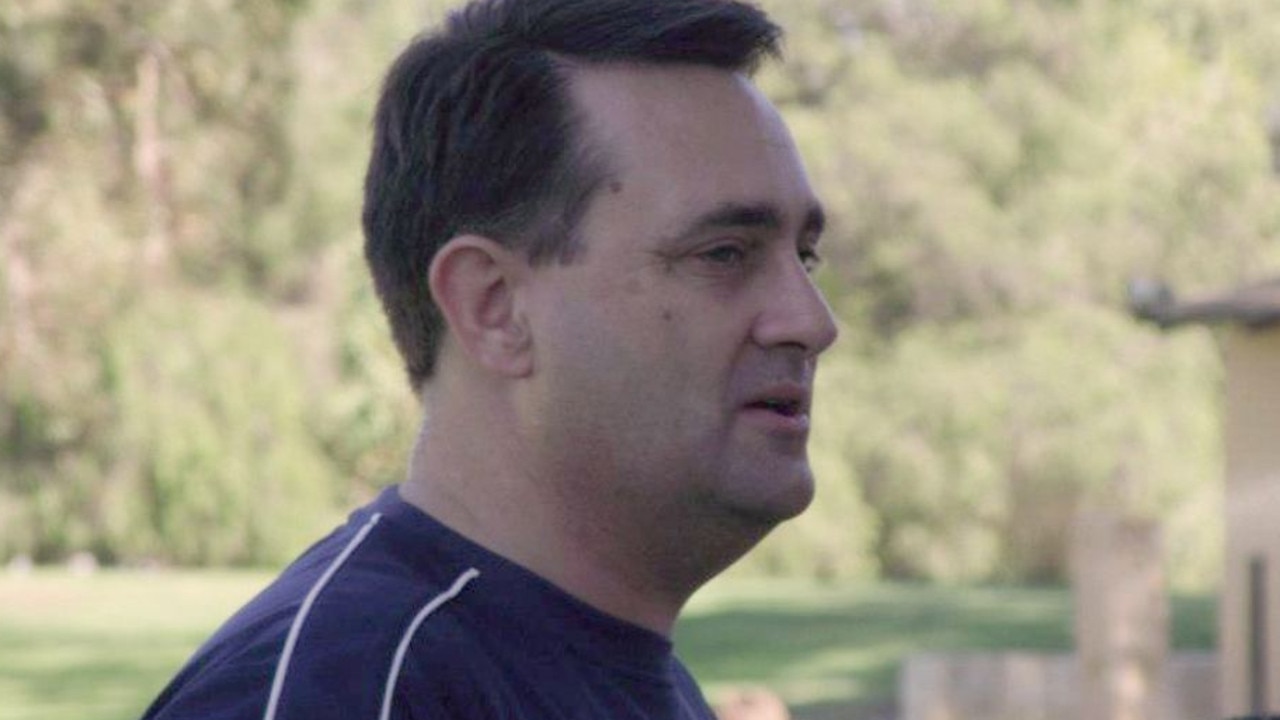
The court heard Edwards refused to participate in a psychiatric report for his sentencing hearing.
Justice Hall said that meant he had limited information about Edwards’ background and assumed Edwards’ reason was that he maintained his denial about the murders.
He noted Edwards had two younger siblings and supportive parents, and there was little to suggest any trauma in his childhood.
In fact, Edwards described his childhood as normal during his police interview.
Justice Hall further noted Edwards did not testify during his trial, but he had viewed the offender in court and his police interview.
“You are a stoic and controlled person,” he said.
“You maintained a calm and unemotional demeanour throughout the trial.
“During the interview, you were polite and cooperative and came across as an intelligent man.
“This ability to dissimulate may go some way to explaining how you were able to lead such an overtly unremarkable life while committing the offences.”
Regarding the cemetery rape victim, Justice Hall said Edwards had laid in wait for a vulnerable and likely intoxicated woman.
“You carried out your plan with remorseless efficiency and without any regard for the terror you caused her,” he said.
Speaking about the murders, he said Edwards was “attracted” to their vulnerability.
“You robbed them not only of their lives, but their hopes, their dreams and the dreams of others for them,” he said.
Justice Hall also referred to the victim impact statements, saying they were hardly required to have some understanding of how deeply the families were affected.
“For parents, the death of a child is always an unspeakable tragedy,” he said.
“No parent wants to outlive their children. To have a child taken and killed in the prime of life is every parent’s worst nightmare.”
Justice Hall described Edwards as a “dangerous predator” who sought out vulnerable young women and attacked them for his own gratification.
“Your actions were premeditated, executed with pitiless determination and were remorseless in your disregard for the pain and suffering that you caused,” he said.
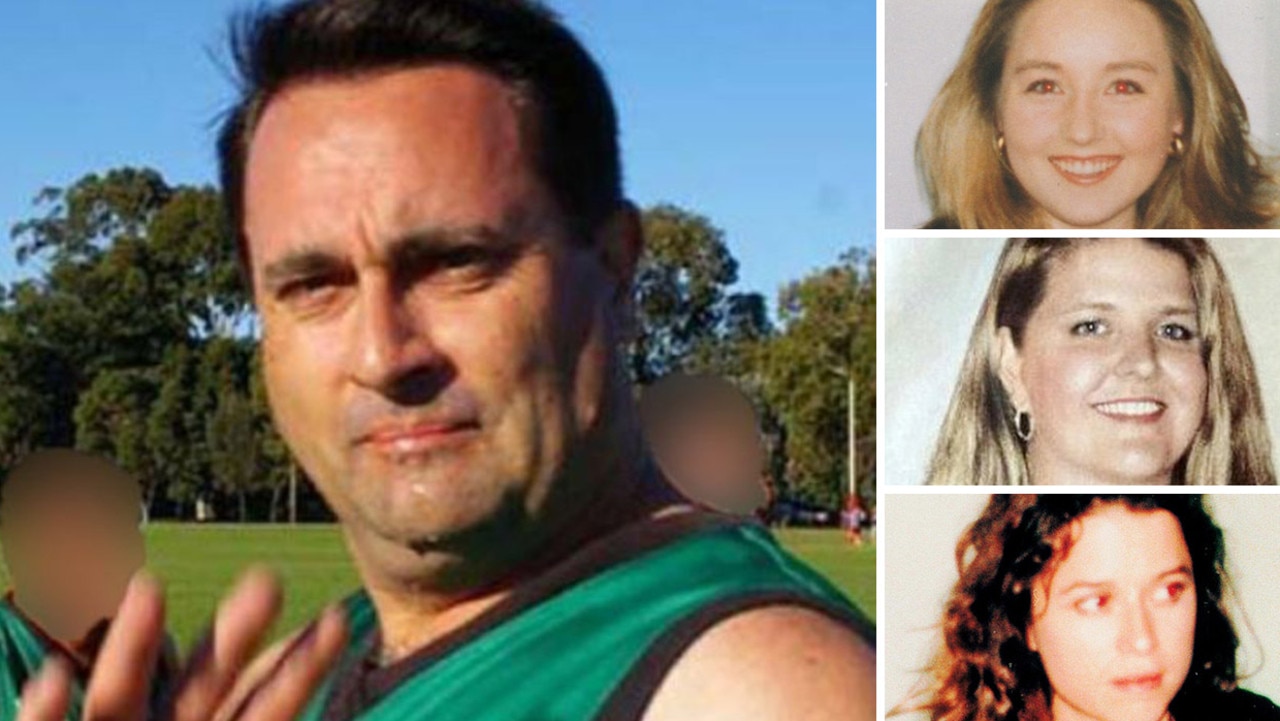
Earlier during the sentencing hearing, the two women who were sexually attacked by Edwards before he committed the murders bravely described their continuing trauma and determination to not let it define them.
The woman who was attacked at her Huntingdale home in 1988 took a deep breath before reading her statement.
“I’m OK when I’m awake, it’s when I’m asleep that I’m scared,” she said.
The woman, who cannot be named, said she still feared being attacked and did not let her feet dangle off her bed.
“Then there are the dreams. I am always breathless trying to hide, but I can never get away. I’m trapped,” she said.
The woman, who is married with children, said her dreams changed after Edwards was caught.
“Edwards now features as the villain of my nightmares and I can’t make it stop,” she said.
The woman said she suffered from anxiety and panic attacks, and struggled to even hug her children, which had affected them, describing it as “generational trauma”.
She said the worst part of the trial was when she viewed Edwards’ police interview and he was shown a photo of her bedroom, which made her feel like he was being allowed into her space.
“It was a horrific moment for me,” she said.
At times, she said, she felt guilty for being alive and not helping police stop Edwards sooner.
The woman ended her statement by saying she was not a victim, rather she was a survivor.
She then looked Edwards in the eye as she quoted him: “I just want to go to sleep, wake up and this will all be a bad dream.”
The cemetery rape victim, who also cannot be named, spoke for the first time in court, describing Edwards as inhuman.
She said the night she was attacked was the worst of her life.
“You don’t ever recover from sexual assault, it is a lifelong sentence,” she said.
“By the time I was in his vehicle, I was picturing my own gravesite.”
The woman said her youth was taken from her “for no reason” but she would not let the double rape define her.
She said her family used to refer to Edwards as “the monster” before he was arrested.
“I have realised he is not a monster at all, rather the definition of a coward,” she said.
“He preyed on weak, vulnerable young women who didn’t stand a chance. How pathetic.
“It has been much easier in terms of impact to realise there was no evil genius at work here — he slipped through the cracks because he is unremarkable.”
Speaking directly to Edwards, she said: “I hope you are treated as well in prison as you have treated us.”
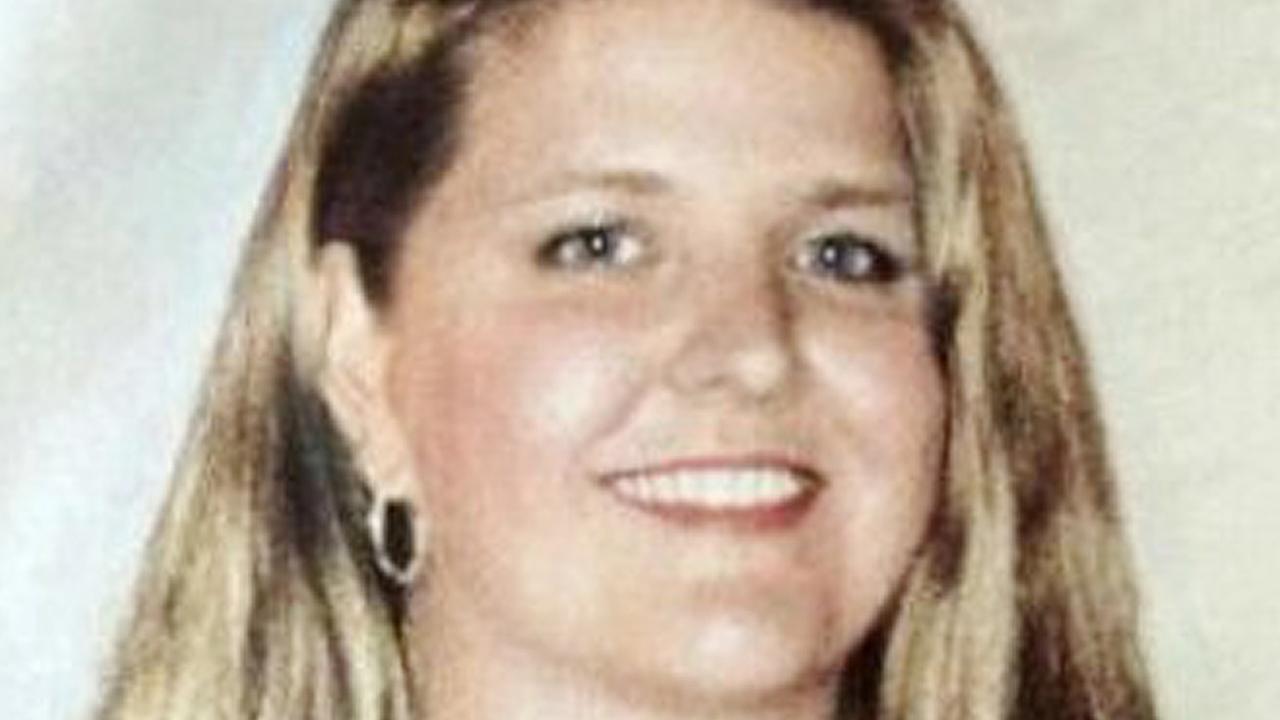
Prosecutor Carmel Barbagallo read the victim impact statement of Ms Rimmer’s mother Jenny, who said she missed her daughter every day.
“I believe Jane would have married and had children, she would have been a wonderful mother,” she said.
“Jane having children is something I think about and miss.”
Ms Rimmer, who was described as bubbly and sweet, disappeared after she visited the Continental Hotel with friends in June 1996 and was last captured on a security camera outside.
Her naked and decomposing body was found about two months later in semirural Wellard when a young family stopped to chase after a rooster and pick death lilies.
“I felt on the back of my leg it was a stick, but it was a foot,” Tammy Van Raalte-Evans testified during the trial.
Ms Rimmer had suffered a defensive wound to her wrist and a sharp object was used to slash her throat.
Ms Glennon, who was described as courageous, had been out with colleagues in March 1997 and was last seen walking down Stirling Highway by several witnesses, including a small group of men dubbed “the burger boys”.
A man searching for cannabis plants found her body dumped in Eglinton bushland a few weeks later.
Ms Glennon had a defensive wound to her arm and was also slashed to the neck.
Significantly, she had managed to claw at her attacker, with his DNA left under her nails.
Her father Denis previously indicated his family would not provide victim impact statements because they did not want to be “prisoners of the past”.
In her submissions, Ms Barbagallo said the offending was planned, calculated and cold.
She said it was a “miracle” that the women’s bodies were found.
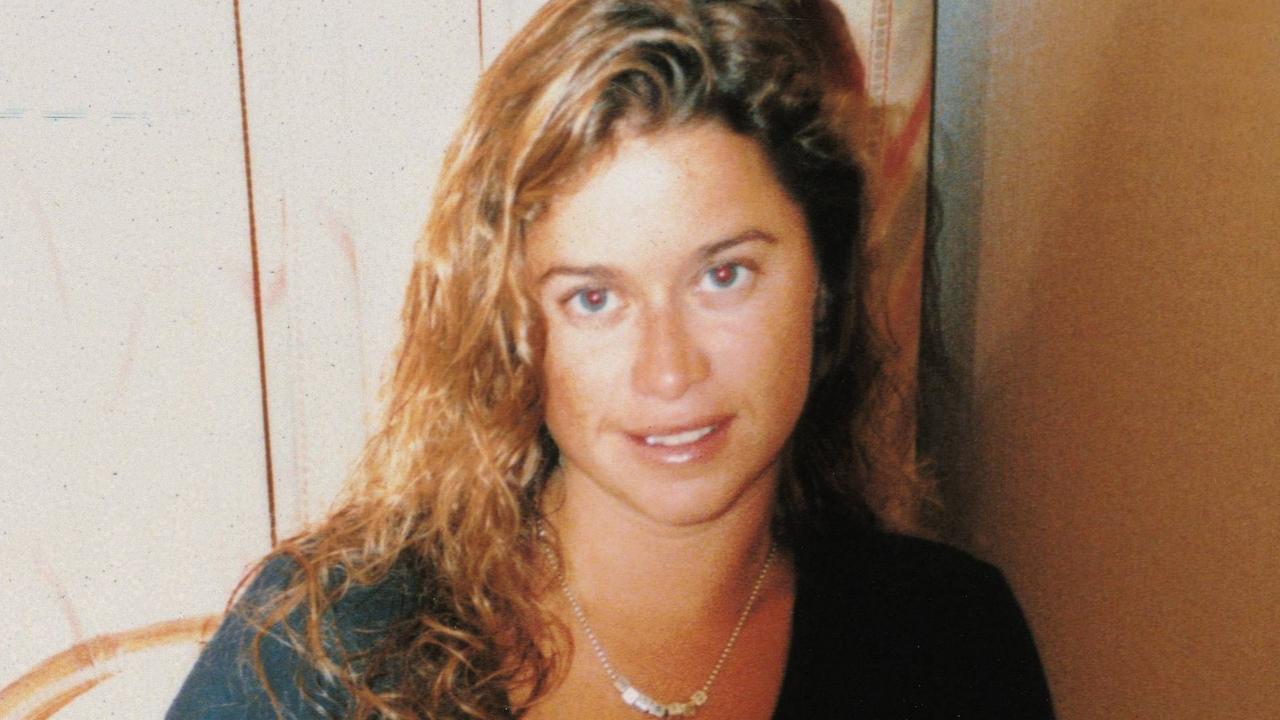
But it took many years for all the pieces of the puzzle to come together — and before Edwards finally became a suspect, there were other innocent people who detectives circled.
Edwards was eventually arrested in December 2016 after police found his DNA on a silk kimono abandoned at the Huntingdale home, on the cemetery rape victim and under Ms Glennon’s fingernails.
The confirmation detectives needed to swoop on Edwards came after they examined the DNA recovered from a Sprite bottle that he had discarded.
Once officers knew they had a DNA match, Edwards’ home was raided and he was arrested.
During his lengthy police interview, the former Little Athletics coach and seemingly doting stepfather repeatedly denied any knowledge of the crimes.
But at his home, police discovered graphic pornography, including thousands of BDSM images, a film called Forced Entry depicting the rape and torture of young women, and violent erotic stories detailing the abduction of women.
That material was ultimately deemed irrelevant for the trial, but by then it was already public knowledge.
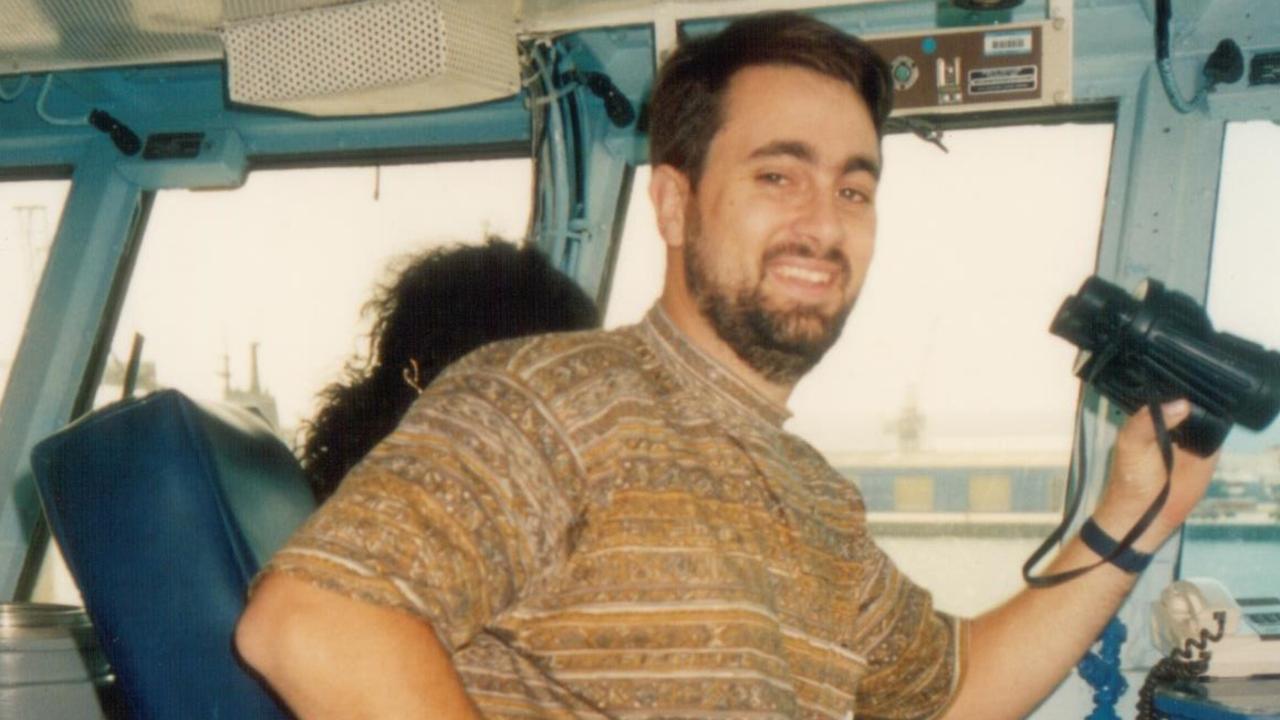
Justice Hall, who presided over WA’s so-called “trial of the century” without a jury, said when he delivered his 619-page verdict in September that there was no forensic evidence in Ms Spiers’ case.
However, there were some general similarities between her disappearance and the other two victims.
“The evidence of his propensity to kill may make him a likely suspect (in Ms Spiers’ murder), or even the probable killer, but it does not exclude the real possibility that some other person killed her,” Justice Hall said at the time.
The investigation into Ms Spiers’ murder remains open.
Mr Dawson previously said investigators would speak to Edwards about Ms Spiers, but on Wednesday he declined to discuss with reporters outside court whether that had happened yet.
“The quest for justice for Sarah will continue. Sarah’s murder remains an open case and WA Police will never give up,” he said.
Ms Spiers, who was described as happy, vanished after attending Club Bayview with friends as part of Australia Day festivities in January 1996.
She left her friends at the club in the affluent suburb and called for a taxi from a phone box down the road, but was gone by the time the driver arrived minutes later to pick her up.
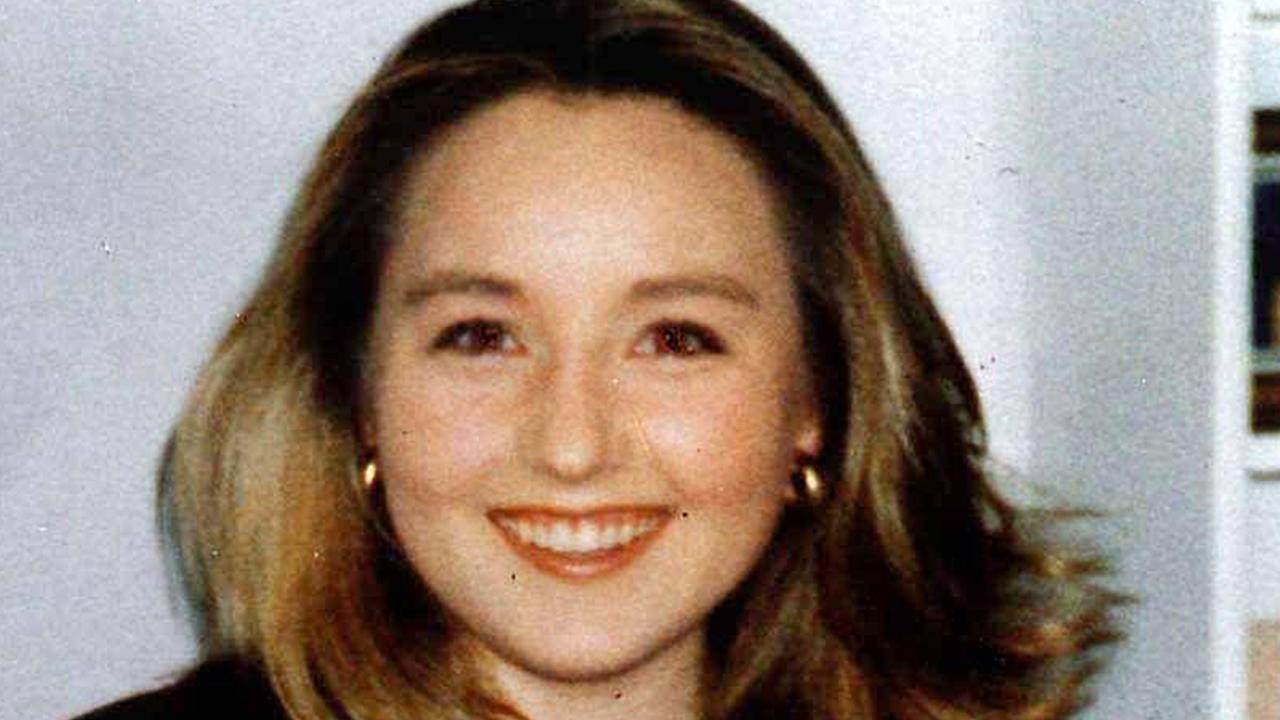
The majority of evidence presented during the trial related to DNA and fibre analysis.
But the trial also heard from Edwards’ former friends, his love rival who had an affair with Edwards’ first wife while living with them, and his two ex-wives — one of whom he met on April Fools’ Day.
The cemetery rape victim also gave evidence during the trial via a statement, saying she thought she was going to die, although he did not directly threaten her.
“I kept my eyes shut – I thought it would be better if he thought I couldn’t see him,” she said.
“I thought at the end of it all that he was going to kill me.”
The court also heard that in 1990, Edwards attacked a social worker from behind at Hollywood Hospital.
Edwards covered the woman’s mouth and tried to drag her into nearby toilets, but she broke free.
He apologised and was sentenced at the time to two years’ probation.
After the murder verdicts were handed down, the Rimmer family released a statement saying they were pleased to finally have “some answers about the abduction and horrendous murder of our beloved Jane”.
“Our family can now take some comfort today and the healing process can begin,” they said at the time.
Mr Glennon revealed he had made a gravesite promise to pursue justice for his daughter or “die trying”.
The Claremont serial killer case is believed to be the most expensive in WA’s history, with costs already exceeding $11 million.
Not even the COVID-19 pandemic could derail the trial.
Read related topics:Perth



